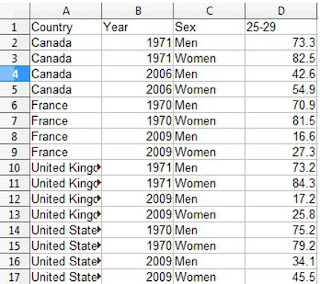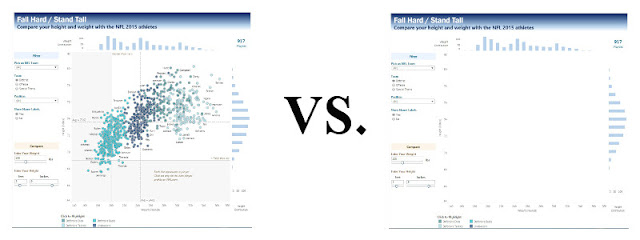This data paints a stark picture of the decline of marriage all around the world, and leaves us searching for the reasons why. Is marriage less important these days? Or is marriage simply less accessible?
The rising divorce rate has something to do with the decrease in married women in their mid-to-late twenties. It's become more feasible to live separately, and obtaining a divorce is now a fairly simple procedure (expensive, but simple). Add to that, in some places like Italy, Ireland, and Spain divorce wasn't legal but now is, and it's not difficult to see how rising divorce contributes to the decline in marriage rates.
Divorce isn't the only factor that contributes to the declining popularity of marriage. Culture plays a large role, and always has, in the acceptance of marriage as a steadfast tradition. Now, especially among the younger European generation, there has developed an apathy towards the traditional institution of holy matrimony. Young people in many places around the world can now live together, have children together, outside of the bonds of marriage without the censure that once accompanied such an act. Financially and culturally, it's just not a big deal anymore. Living together in a common law partnership is a great way to save money, and in the tough economic circumstances of the United States and much of Europe, cutting out the expense of getting married makes sense. Add to that, many young adults around the world are still living at home with their parents due to rising housing costs, which makes marriage a more difficult prospect.
The economy may have more to do with declining marriage rates, especially in the US and Canada, than simply diminished cultural significance. One study alleges that because of the growing number of educated women in the Western world, and the decline of the stable, lucrative job among men in the same areas, women are choosing to forego marriage in favour of waiting for a better prospective partner. This sees young women marrying later in life, a fact that is supported by the chart below, which shows less of a decrease in marriage rates in women above 29 years old.
Though marriage has always been the benchmark of a normal "family formation", it's clear that the norm is being challenged, and eroded. From this data it's possible to see that the future of wedded bliss is very much an uncertain thing.



